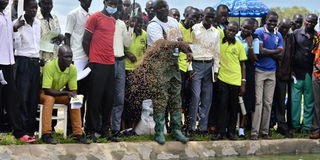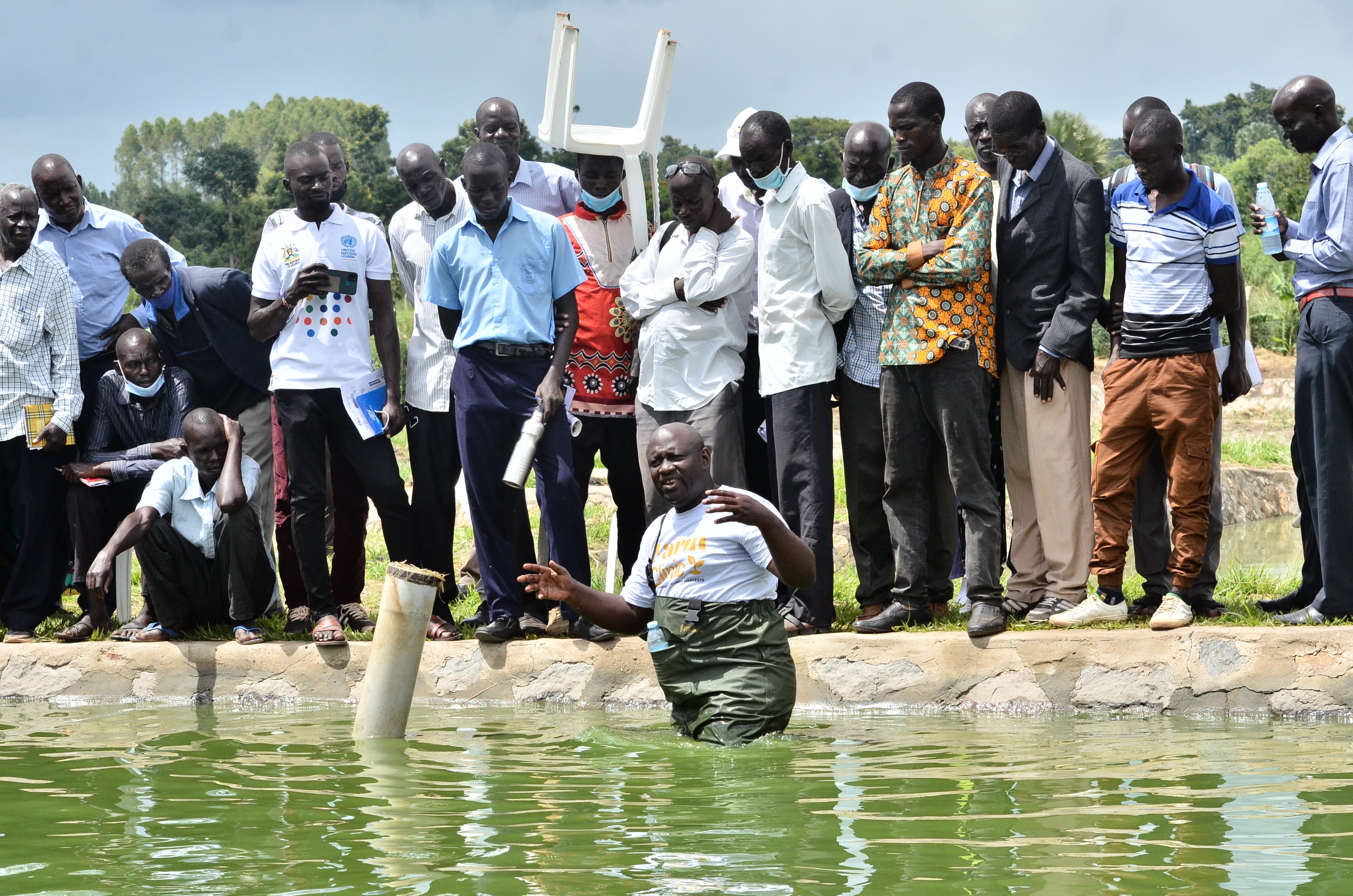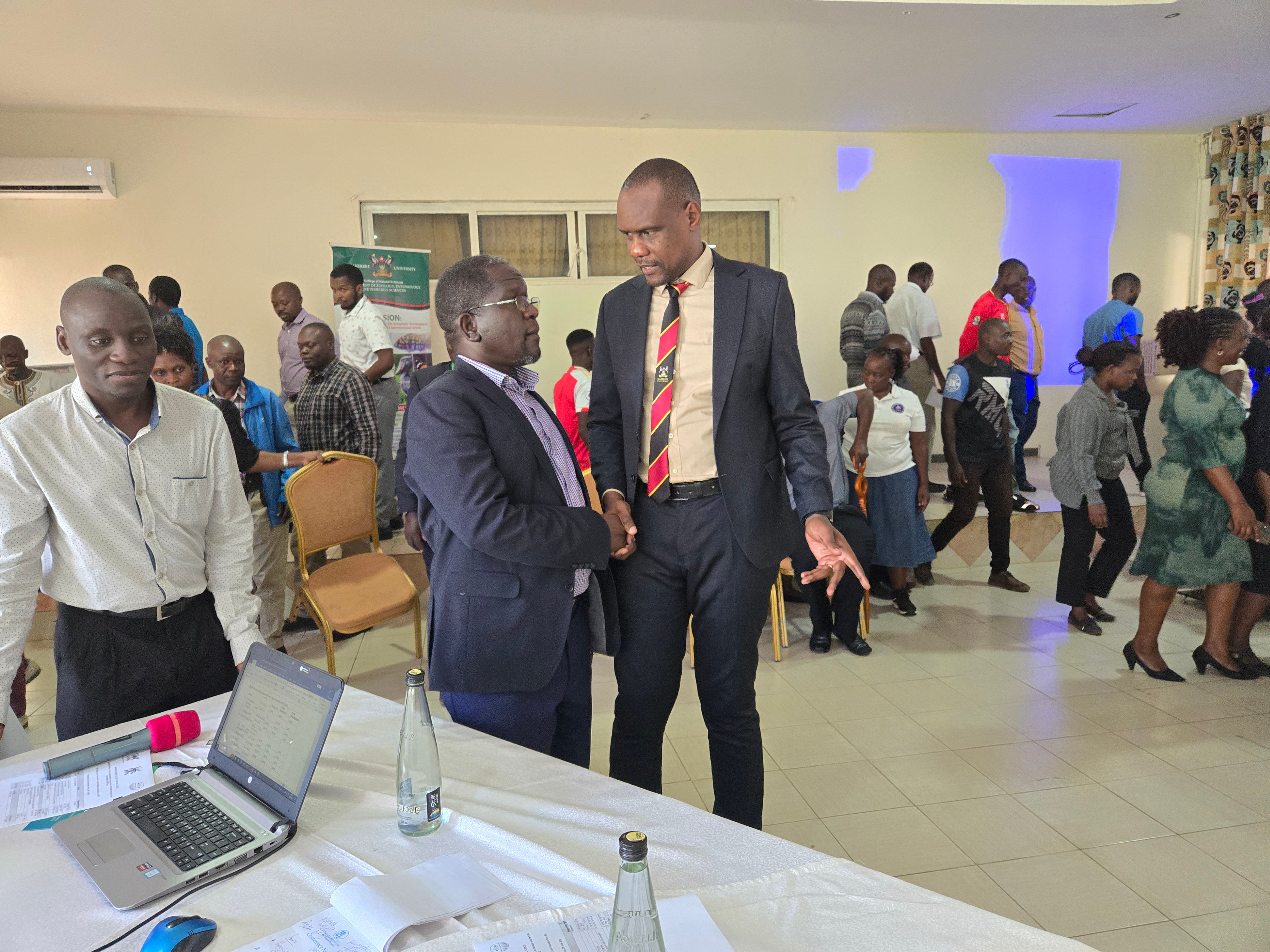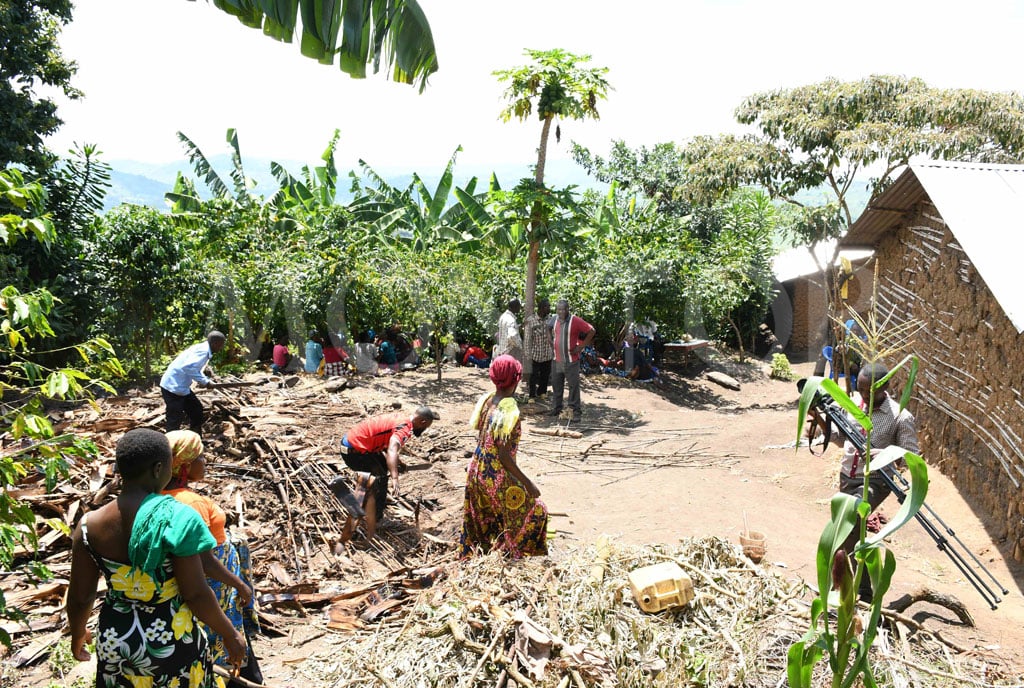Fish farming boosts Uganda’s economy – study

What you need to know:
Uganda has increased investment in cage aquaculture, particularly on Lake Victoria, which is mainly privately-led, a situation that has resulted in a rise in national aquaculture production volumes.
Uganda’s aquaculture sub-sector is rapidly developing, contributing up to 22 percent of all fish produced in the country.
However, this sub-sector still faces challenges related to limited access to extension services, production inputs, post-harvest handling facilities, disease incidences, value-addition skills and weak market linkages.
Although there have been isolated interventions at different aquaculture value-chain nodes, the registered challenges continue to recur.
To address prioritised issues in Uganda’s aquaculture sub-sector, nine zonal aquaculture innovation platforms were established based on the country’s nine agro-ecological zones.
These platforms brought together different stakeholders to identify solutions to common problems in each aquaculture value-chain.
The initiative is led by scientists in the zonal research institutes with the lead research being Dr Nasser Kasozi the director of Buginyanya Zonal Agricultural Research and Development Institute.
Details of this initiative of implementing zonal aquaculture innovation platforms in Uganda were published in a journal in multidisciplinary digital publishing institute as detailed bellow.
Background
Dr Kasozi and his team state that aquaculture is one of the fastest-growing food production systems, contributing to global food security and nutrition.
However, the sub-sector requires scaling up transformative changes in policy, management, innovation and investment to achieve sustainable, inclusive and equitable growth.
Constraints
Fish farmers identified high cost of feed and poor feed quality as major constraints to the viability of aquaculture across all zones in Uganda.
The poor quality of domestically produced feed is partly attributed to the adulteration of fishmeal, a major protein source, with shells and sand to increase weight.
This practice is rampant in the local markets and greatly affects fish feed quality and increases production costs for small-scale aquaculture producers.
Across all zones, farmers expressed concerns about limited access to quality Nile tilapia and African catfish seed.
They noted that some hatcheries did not disclose the true type of seed they produced, which affected production targets and productivity.
Farmers reported obtaining fingerlings labelled as all-male Nile tilapia, but these were later reproduced in grow-out fish ponds.
Aquaculture skills remain deficient amongst fish farmers in Uganda, which is largely attributed to limited expertise within the present extension structure in the aquaculture sub-sector.
Currently, a good number of scientists have acquired advanced training and practical knowledge in aquaculture science and technology, however small-scale farmers are hesitant to pay for aquaculture technical services.
As a result, Uganda has recently experienced increased investment in cage aquaculture, particularly on Lake Victoria, which is mainly privately-led, a situation that has resulted in a rise in national aquaculture production volumes.
Hatchery operators
The hatchery segment of the aquaculture value chain is known to provide substantial employment opportunities.
Hatchery operators included actors that provide fish fry, fingerlings, juveniles and post-juveniles to fish farmers.
Although private hatcheries have emerged across zones to close the fish seed demand gap, it was reported that poor-quality fingerlings still persist.
The actors indicated high fish mortality in hatcheries as one of the major factors affecting their operations, a situation largely caused by aquatic animal health challenges.
Relatedly, poor water quality was another factor identified by hatchery operators. Water quality is critical in hatchery operations because it affects the health and survival of fingerlings
Therefore, knowledge of minimising disease outbreaks, disease monitoring, and management can make a difference between a profitable and a non-profitable farm.
Fish traders
Deliberations with fish traders, transporters, and processors resulted in a number of issues of concern.
A case in point is financial capital emerged as the top constraint across all zones for fish traders.
Challenges of access to financial capital were partly linked to limited access to loans. Often, a lack of ownership of critical assets such as land and equipment for use as collateral is a major barrier to access to credit in fisheries.
To solve this challenge, small groups of traders often come together to create informal financial groups through which they borrow funds amongst themselves at zero interest, as revealed during the focus group discussions.The fish transporters highlighted that long distances from fish farms to markets, coupled with poor transport infrastructure affect the timely delivery of live fish.
For instance, traders from the Lake Victoria Crescent Aquaculture Innovation Platform reported experiencing high levels of fish mortality during transportation and distribution due to poor road networks in the central Uganda region.
Another key challenge identified from the focus group discussions was the volatility of fish prices.
Extension workers
Aquaculture extension has played an important role in the development of the aquaculture industry in Uganda.
Extension service provision involves interventions and activities that facilitate access to and production of knowledge, information and technologies among farmers.
In the present study, it was observed that farmers who live within close proximity of extension workers’ offices utilised the opportunity to request farm visits.
Possible solutions such as advocating for increased funding, the mobilisation of farmers in groups, mindset change, generating market information, capacity building and the recruitment of more extension workers can help improve the situation.
Input dealers
Sustainable input supply is a key aspect of aquaculture development as input suppliers sell inputs to sustain fish farming.
These include fish seed, feed ingredients, brood stock, fish feed, fish medicines and harvesting gear.
Investigations undertaken during this study revealed that the main challenges experienced by input suppliers include the high costs of feed ingredients and competition for feed ingredients between humans and animals.
Input dealers also revealed the high adulteration of feed ingredients such as silverfish which is commonly mixed with sand to increase weight. This requires training to minimize such practices.
Researchers
The focus group discussions with researchers across the nine zones revealed that aquaculture production systems in Uganda are grouped into three categories, which include extensive, semi-intensive and intensive systems.
This grouping is based on the level of production, capital investment, labor, and management practices employed.
During this study, it was noted that inadequate government funding for aquaculture research has hindered the ability to effectively address crucial challenges within the aquaculture sub-sector
For instance, as a way of improving the quality of fish seed in Uganda, some interventions on Nile tilapia strain improvement have been initiated to improve the quality of fish feed.
Opportunities
The aquaculture sub-sector has tremendous potential to contribute to income, youth employment, food security, and livelihoods in Uganda.
Currently, aquaculture production has been improved by the introduction of cage farming on Lake Victoria and the involvement of major commercial fish farmers. This has played a crucial role in driving the growth of the industry in the country.
This country has diverse agro-ecological zones, offering a favourable potential for the promotion of fish farming. This country also has suitable climatic conditions and enormous water resources for fish production.
High cost
Fish farmers identified high cost of feed and poor feed quality as major constraints to the viability of aquaculture across all zones in Uganda.




